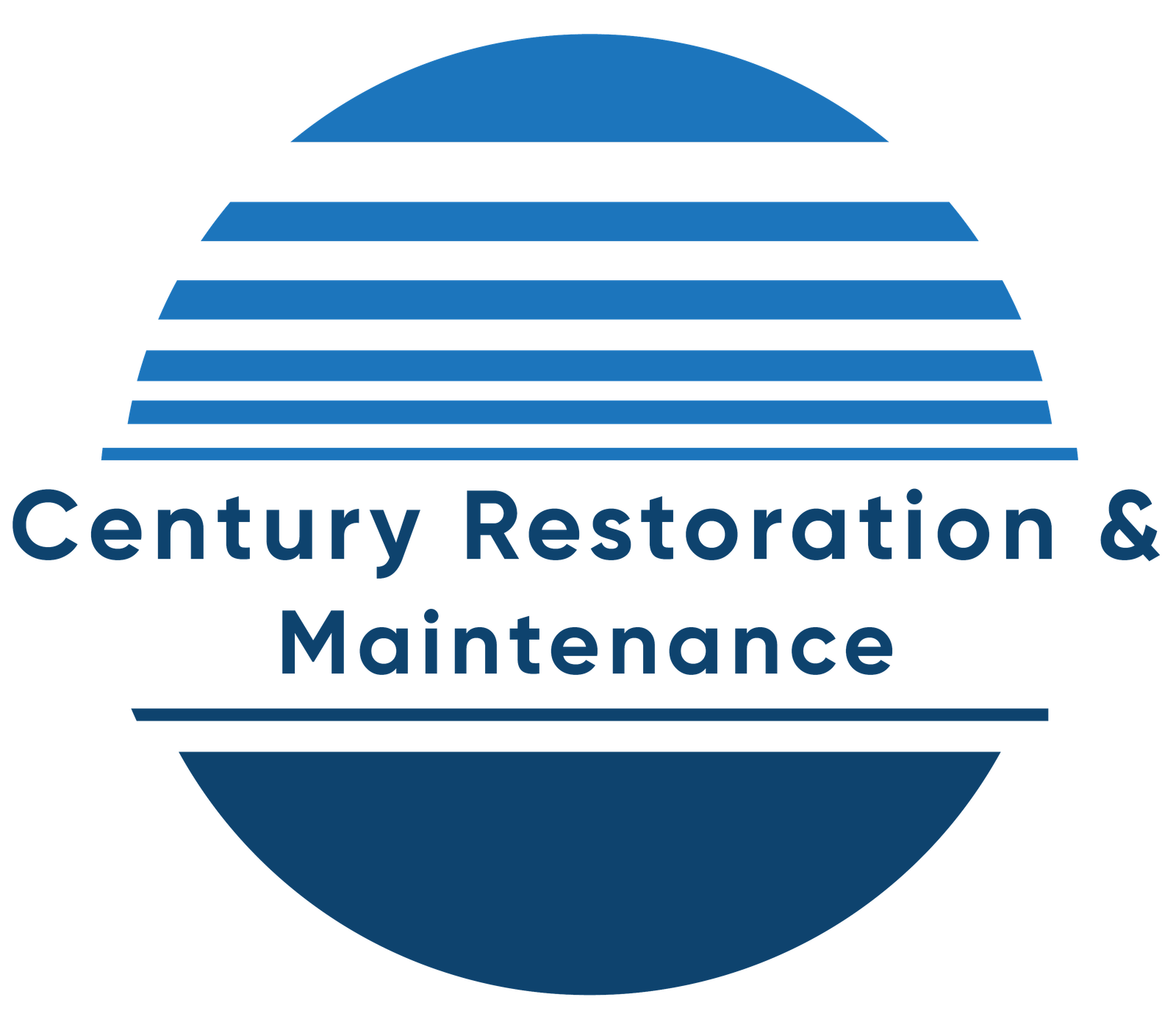Installing hardwood bottoms is a great way to enhance your home’s beauty, continuity, and value. But while hardwood bottom installation might feel straightforward, small miscalculations can lead to expensive repairs, wasted accouterments, or wrong results. Whether you are working with solid hardwood flooring, finagled wood flooring, or considering a custom hardwood bottom design, avoiding common crimes is crucial to a smooth, long-lasting finish.
In this post, Century Restoration & Maintenance punctuates the top miscalculations homeowners and indeed inexperienced installers frequently make — and how to avoid them.
1. Skipping Moisture Testing
humidity is hardwood flooring’s worst adversary. Skipping humidity testing before installation can lead to swelling, cupping, or gaps over time. Whether you choose solid hardwood flooring or finagled wood flooring, both are susceptible to humidity imbalance.
What to do rather
Always conduct proper subfloor and medium room moisture testing. However, use a humidity hedge or dehumidifier to stabilize conditions before installation, If necessary.
2. Not Letting the Wood Acclimate
Hardwood needs time to acclimate to the terrain where it’ll be installed. This process — called acclimatization — helps the wood expand or contract naturally grounded on moisture situations.
Common error
Installing boards incontinently after delivery.
Pro tip from hardwood flooring experts
Let the flooring sit in the room for at least 3 – 5 days, depending on the type of wood and the original climate.
3. Choosing the Wrong Type of Hardwood
Not all wood is suitable for every space. For case, solid hardwood flooring is not ideal for basements or high- humidity areas, while finagled wood flooring is more stable in similar surroundings.
What to do
Consult hardwood flooring contractors to determine which option — solid or engineered — stylishly suits your space, life, and budget.
4. Poor Subfloor Preparation
The subfloor needs to be flat, clean, and dry before hardwood installation. Ignoring this step leads to uneven flooring, grassing, and brisk wear.
Common oversight
Skipping subfloor leveling and examination.
Correct approach
Use proper leveling composites and tools to ensure a stable foundation. A smooth subfloor is pivotal, especially for pre-finished hardwood installation.
5. Indecorous Nailing or Unsticking ways
Using incorrect styles for nailing, clinging, or floating bottoms can affect in movement, gapping, or damage boards.
Result
Follow manufacturer guidelines and choose the right system — nail-down, cement-down, or floating — depending on the hardwood type and subfloor.
6. Ignoring Expansion Gaps
Hardwood expands and contracts with changes in moisture. Without leaving enough space between the bottom and the wall, you risk screwing or buckling.
Tip from hardwood flooring experts
Leave a 1/4″ to 3/4″ expansion gap around the border to allow natural movement.
7. Overlooking Finishing Options
numerous homeowners don’t realize the difference between point-finished hardwood bottoms and pre-finished hardwood installation. The wrong finish type can affect continuity and appearance.
point- finished Customizable and flawless but further time-consuming.
Pre-finished Quicker installation and harmonious finish.
Choose grounded on your precedence look, timeline, and conservation preferences.
8. Forgetting Dust Control
Hardwood installation and especially refinishing can be messy. Failing to use proper dust control can impact air quality and cleanliness.
Stylish practice
Opt for dustless hardwood bottom sanding when refinishing and keep your worksite clean throughout the process.
9. Not Hiring Endured Contractors
numerous people essay DIY or hire the cheapest contractor, but lack of experience can lead to major excrescencies. From poor layout to weak seams, a bad installation shortens your bottom’s lifetime.
Recommendation
Work with trusted hardwood flooring contractors who offer references, portfolios, and guarantees.
10. Neglecting Sustainability and Style
Modern homeowners are decreasingly looking for eco-friendly hardwood bottoms and customized designs. Sticking to outdated accouterments or general patterns can reduce your home’s resale value.
Result
Explore custom hardwood bottom design that fits your home’s aesthetic while also considering sustainable, low-VOC wood options.
Final studies
Top Tips for Hiring Flooring Contractors can make all the difference when you’re aiming for a flawless hardwood floor. A beautiful hardwood bottom can last decades—but only if installed correctly. Avoiding these ten common miscalculations ensures a smoother process, fewer regrets, and a bottom that truly elevates your space. Whether you’re planning a pre-finished hardwood installation, a custom hardwood bottom design, or looking to work with hardwood flooring experts, always take the time to prepare, plan, and choose wisely. Investing in the right professionals and approach ensures the success of your hardwood bottom installation.FAQs
Q1 How long does hardwood bottom installation generally take?
Most installations take 2 – 5 days, depending on the size of the area and whether pre-finished or point-finished hardwood.
Q2 What’s the difference between engineered wood and solid hardwood?
Solid hardwood is made from a single piece of wood, while finagled wood consists of multiple layers, making it more stable in high-humidity areas.
Q3 Are eco-friendly hardwood bottoms more precious?
A Not inescapably. numerouseco-friendly options are competitively priced, and they offer long- term value and environmental benefits.
Q4 Can I install hardwood bottoms myself?
While DIY is possible for educated individualities, professional installation is largely recommended for long- term continuity and appearance.
Q5 How do I maintain my hardwood bottoms after installation?
Regular cleaning with hardwood-safe products, immediate slip remittal, and periodic refinishing( using wood bottom refinishing ways) help maintain their beauty.
